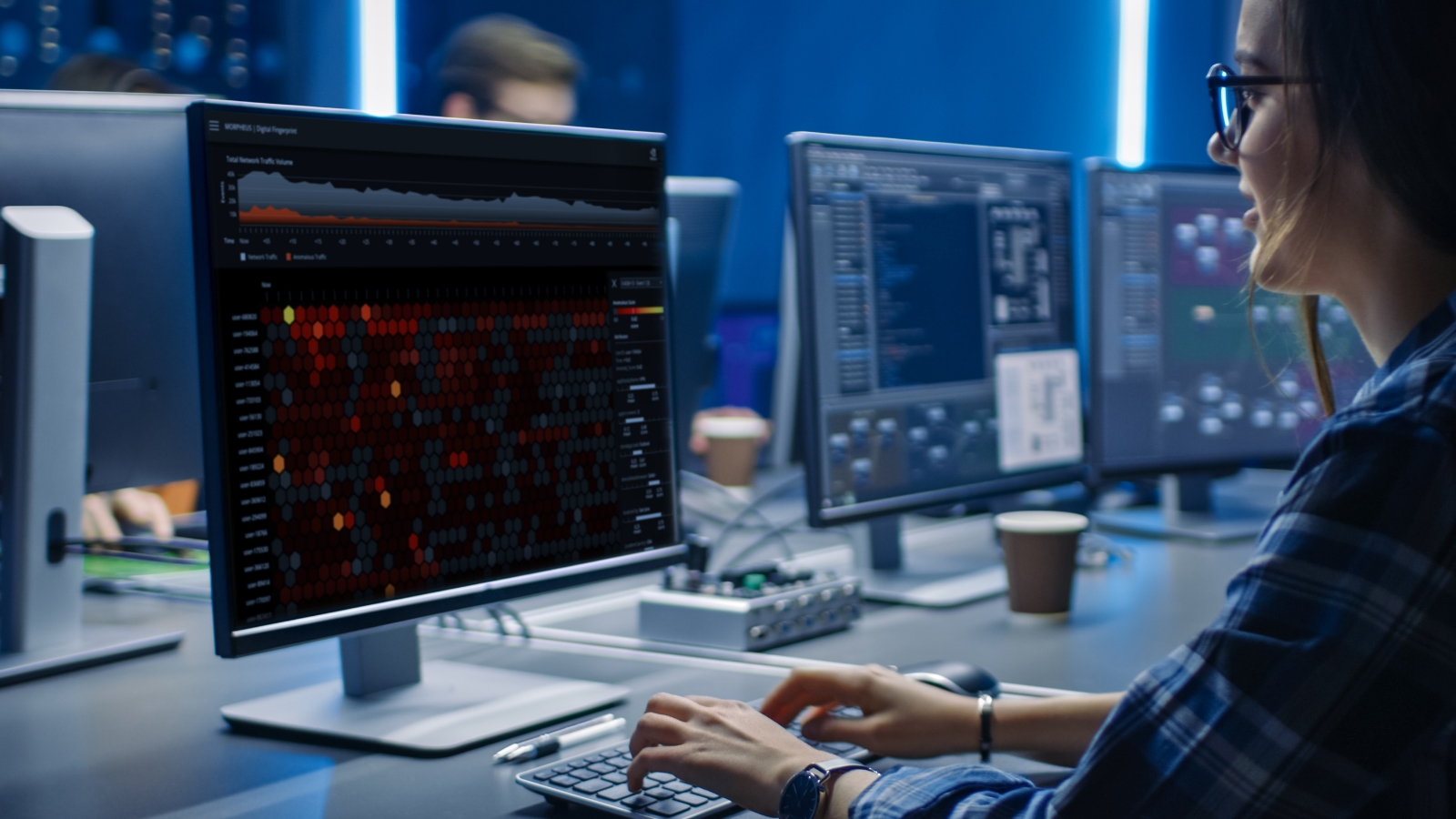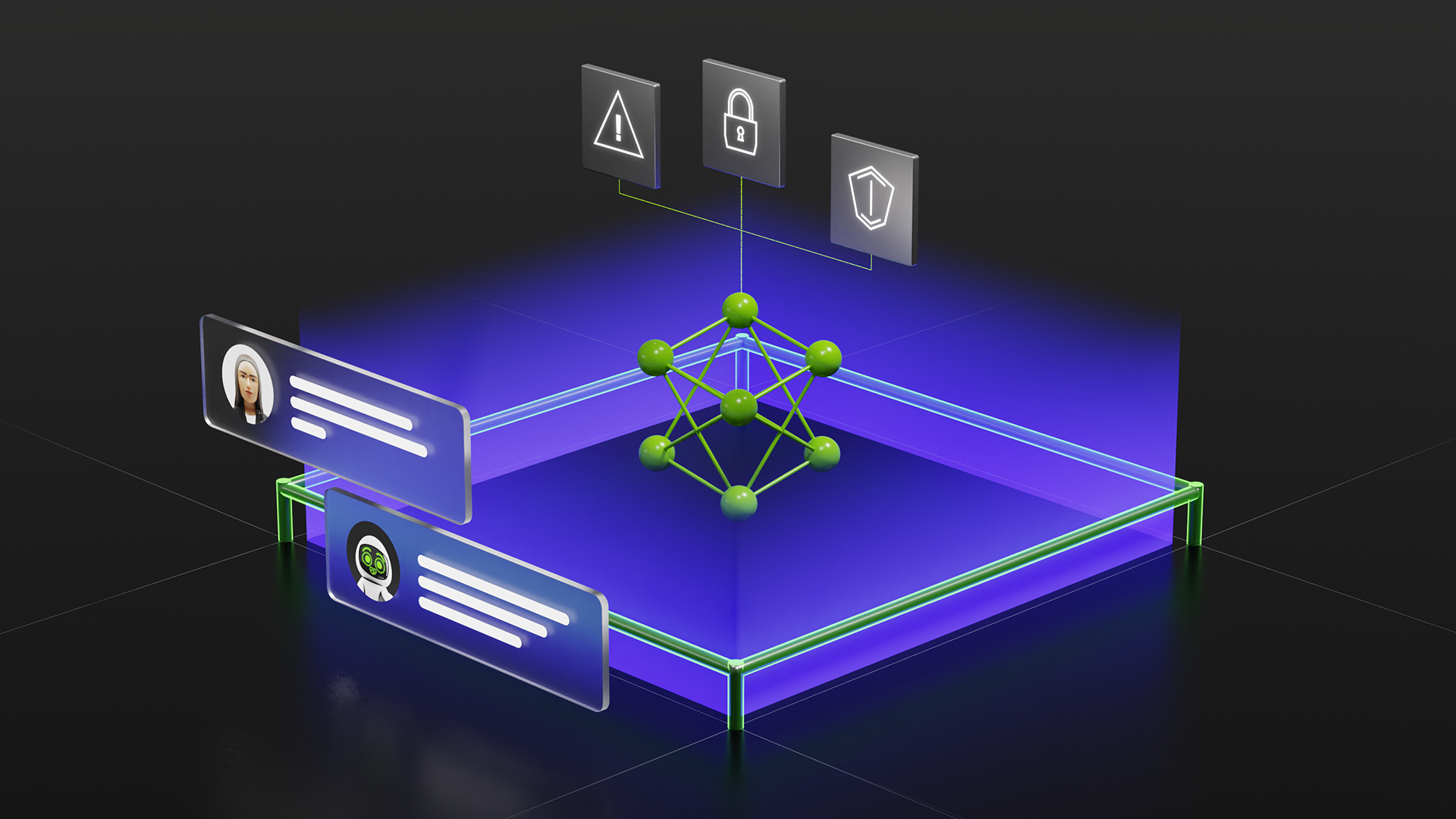If you asked a group of cybersecurity professionals how they got into the field, you might be surprised by the answers that you receive. With military officers, program managers, technical writers, and IT practitioners, their backgrounds are varied.
There is no single path into a cybersecurity career, let alone one that incorporates both cybersecurity and AI.
My story
I’ve always been interested in math and using scientific methods to solve hard problems. I received my undergraduate degree in cognitive science with a concentration in computer science. After graduating from college, I went on to get my Ph.D. in neuroscience and completed a post-doc at Children’s National Hospital in DC investigating how multimodal sensory integration is disrupted in certain developmental disorders.
After a decade of running laboratory experiments, programming in MATLAB, and working to understand biological brains, I took interest in the rapidly advancing field of “fake brains”: artificial neural networks and AI.
I remember feeling too old to switch careers and catch up with the speed of AI (AlexNet was 5 years old at the time). Putting aside my self-doubt, I eventually took night classes in data science before gaining the courage to join the Data Incubator as a full-time fellow.
After completing that fellowship and at the age of 33, I started my first real, non-academic job at Booz Allen Hamilton. The company gave me the opportunity to explore a number of different projects. I was put on the Air Force team, working on predictive maintenance for airplanes.
In parallel, I began researching other projects going on at the company and found a new cybersecurity AI initiative. I immediately asked to get involved.
Intersection of data science and cybersecurity
Fortunately, Booz supported upskilling employees to gain cyber expertise through certifications and collaborations. Though I had no experience in cybersecurity, I got to sit side-by-side with smart people on the advanced threat-hunt team whose cyber-domain knowledge I could absorb by proximity.
I taught the cyberanalysts some of what is possible with data science, and in turn, they shared their technical knowledge and some of the hardest problems facing their field. I was soon immersed in real-time challenges that I never would have been able to tackle in school.
Pinpointing the challenges in cybersecurity that AI/ML can help with requires creativity, access to leading-edge technologies, and collaboration across both fields. Many leaders in this space are reluctant to publicly share their techniques due to the sensitive nature of the data or the desire to monetize their work as part of larger marketable products.
When I had a better feel for the space, I was drawn to the open-source, cybersecurity initiatives at NVIDIA. The teams here create publicly shareable versions of their cyber AI techniques and advanced workflows in addition to private solutions. Realizing the NVIDIA contribution to the larger cybersecurity ecosystem, I moved on to join the company as a cybersecurity data scientist. Here I can use cutting-edge AI like large language models and graph neural networks at scale in the development of specific use cases for the NVIDIA AI cybersecurity framework, NVIDIA Morpheus.
My current position uses many skills from my previous life in academia, like collaboration, research, experimentation, teaching, and innovation. The speed of advancements in both AI and cybersecurity keeps me challenged every day.
My team has a mission of creating software and workflows that enable the cybersecurity ecosystem in their creation of detection and alerting systems with complete data visibility. It’s incredibly meaningful in a world with constantly evolving and increasingly sophisticated cyber-attacks.
My advice
If you’re interested in a cybersecurity career, here are a few recommendations.
Invest in your development
Beyond school and certifications, there are so many opportunities to learn about cybersecurity, data science, and more. Research training, seminars, capture-the-flag competitions, and events that can give you the tools you need.
NVIDIA offers a range of cybersecurity sessions twice a year at our GTC conferences. Many of these sessions are available year-round through NVIDIA On-Demand. You can also take courses through the NVIDIA Deep Learning Institute.
The AI Village at DEF CON is a great interdisciplinary community focused on AI cybersecurity that hosts several events, including the capture-the-flag competition on Kaggle.
Ask to get involved
This goes for any career. If an area of the business interests you, ask how you can get involved. Even if it’s a small project, the exposure is invaluable and can help you discover what you would like to do in the future.
Figure out what contributions you can make right away to the teams and projects that you admire even while you’re still learning.
Absorb the expertise around you, and share yours
Network as much as you can and use the expertise around you. Find a specific subject like a newer technology or cyber threat and dive deep.
You don’t have to be an expert in all areas. Every teammate brings something different to the table. Share your own expertise and figure out how you can help solve problems.
Summary
If you’re interested in the intersection of cybersecurity and AI, don’t be afraid to jump in! You’ll be surprised how many skills you may already have from your previous work. You can also quickly upskill when you immerse yourself in the field and connect with experts at your current company or in online communities.
For more information, see the following resources:










